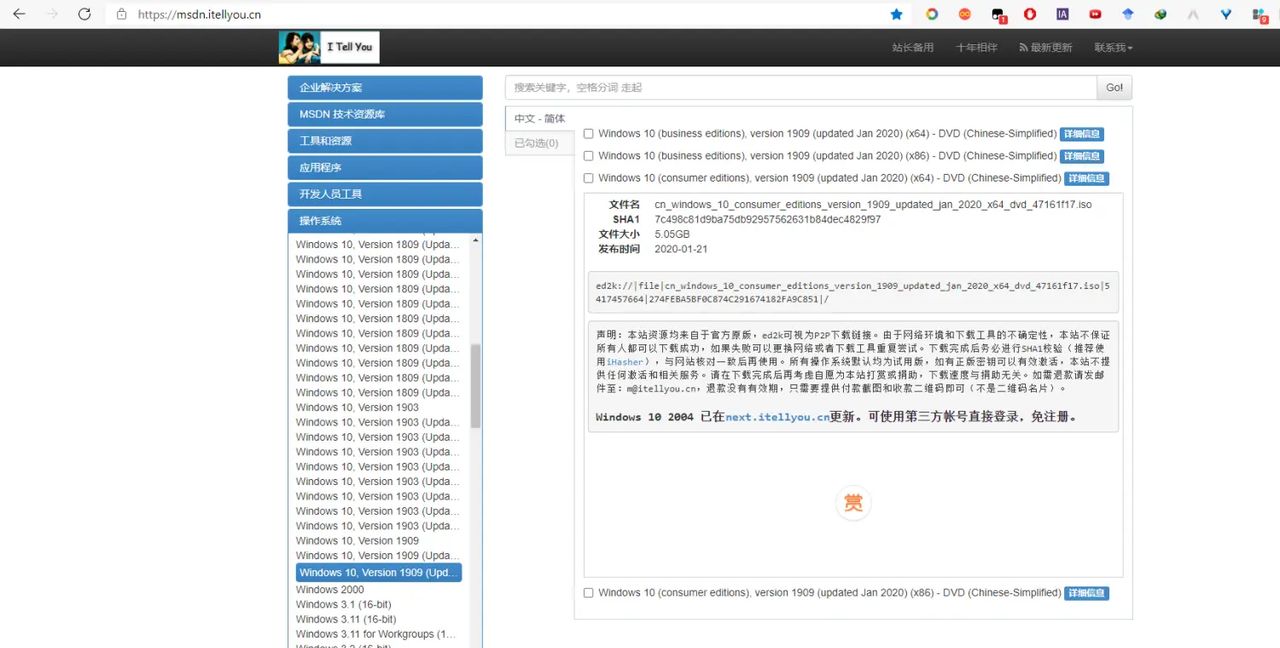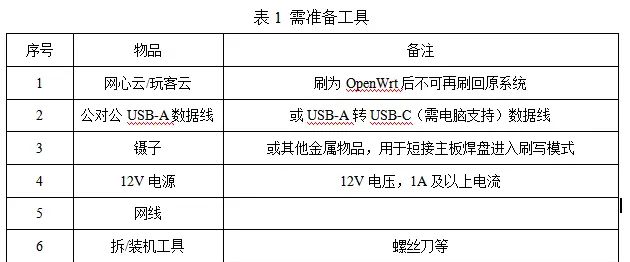还在为 Excel 行高列宽单位发愁?1行代码实现英寸→磅值转换,办公效率翻倍!
为什么需要 `InchesToPoints`?
在 Excel VBA 中,设置行高、列宽、字体大小或图形尺寸时,默认单位是 磅(Points),但许多人习惯用 英寸(Inches) 来测量。
❌ 手动计算?1 英寸 = 72 磅,每次都要乘 72?太麻烦!
✅ VBA 内置函数 `
Application.InchesToPoints` 一键转换!
核心语法
Application.InchesToPoints(英寸值)参数:
– `英寸值`:要转换的英寸数值(如 0.5、1.25)。
返回值:对应的磅值(Single 类型)。
实战案例
1️⃣ 设置 Excel 行高为 0.5 英寸
Rows(1).RowHeight = Application.InchesToPoints(0.5) ' 0.5英寸 → 36磅2️⃣ 调整 Word 段落间距为 0.2 英寸
Selection.ParagraphFormat.SpaceBefore = Application.InchesToPoints(0.2)3️⃣ 在 PPT 中设置图形宽度为 3 英寸
ActivePresentation.Slides(1).Shapes(1).Width = Application.InchesToPoints(3)为什么它比手动计算更香?
✔ 代码更简洁:不用写 `* 72`,避免低级错误。
✔ 跨Office通用:Excel、Word、PPT 均可使用。
✔ 精准兼容性:直接使用 Office 内部换算逻辑,避免浮点数误差。
进阶技巧
如果需要从 厘米(CM)→ 磅,可以结合 `
Application.CentimetersToPoints`:
Dim cm As Single
cm = 2.54 ' 2.54厘米 = 1英寸
MsgBox "2.54厘米 = " & Application.InchesToPoints(cm / 2.54) & "磅"> `
Application.InchesToPoints` 是 VBA 中处理英寸→磅值转换的“隐藏高手”,让你的代码更专业、更高效!
—
标签:ExcelVBA 办公自动化 效率提升 编程技巧
© 版权声明
文章版权归作者所有,未经允许请勿转载。如内容涉嫌侵权,请在本页底部进入<联系我们>进行举报投诉!
THE END

























暂无评论内容